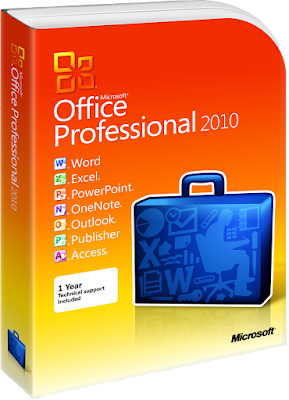Microsoft Office 2010, as revealed by the just-released
Technical Preview, brings a set of important if incremental improvements to the
market-leading office suite. Among them: making the Ribbon the default
interface for all Office applications, adding a host of new features to
individual applications such as video editing in PowerPoint and improved mail
handling in Outlook and introducing a number of Office-wide productivity
enhancers, including photo editing tools and a much-improved paste operation.
Missing from the Technical
Preview is what will be the most important change to Office in years -- a Web-based version for both enterprises and consumers.
Also missing from the preview is access to Office for mobile phones and other
mobile clients. Those features will be introduced in later versions of the
software; the final version is expected to ship in the first half of 2010.
Each new version of Office is a small revolution. Microsoft
Office 2010 is no exception. Associated with the Windows 7, the software
continues to bet on innovation. All of the applications of this program use the
Ribbon interface, introduced in the 2007 version. Its appearance is also more
streamlined and coherent.
The changes introduced by
Microsoft Office 2010 are many and quite striking. The Office button has been
completely renovated: instead of a menu, it opens a panel that occupies the
entire program window. Previewing content pasted in Word lets you see how a
document will look before inserting it, while the translation and screen
capture tools help you to improve your documents. Excel graphs and diagrams are
easily integrated into Word text; Outlook group e-mail conversations now
feature a button to delete all redundant text; and PowerPoint can insert videos
with an integrated player.
Microsoft Office 2010 x32
Microsoft Office 2010 x64










No comments:
Post a Comment
Note: Only a member of this blog may post a comment.